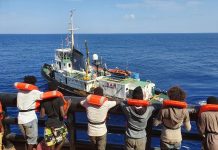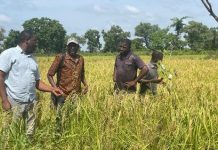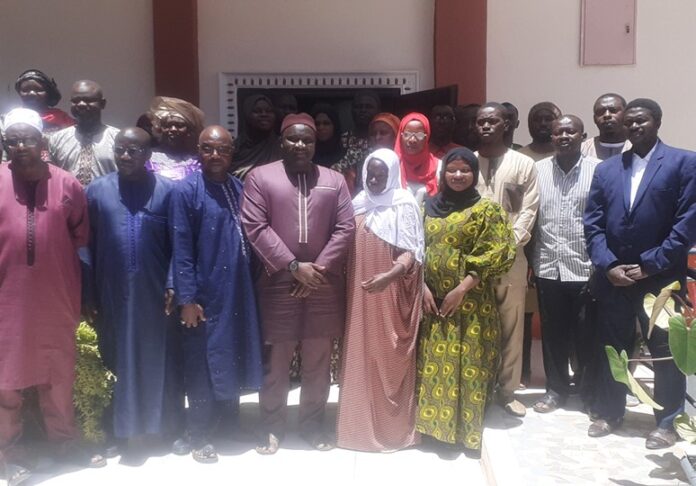By Madiba Singhateh
The Gambia’s Department of Water Resources (DWR) last Friday held a day-long workshop to inform stakeholders, Government officials and the press, of this year’s seasonal rainfall forecast which is expected to be above normal and which can begin between 12th and 18th of June 2022. According to the DWR, the season is expected to end around 18th – thirty October.
Held at a local hotel on May 20th 2022, the Department further indicated that July- August-September (JAS) rainfall is expected to record 1, 000 ml of rain in the West Coast while 700 ml is detailed for the remaining regions and this is expected between 120 to 130 days.
Speaking at the event, the Director of Water Resources Department Lamin Mai Touray, said his Department produces the Seasonal Rainfall Prediction (SRP) annually in fulfillment of its statutory responsibility to advise Government and the citizenry on all aspects of the weather and climate particularly for this period. He said the SRP of the Department is the outlook of rainfall patterns in the country for the period July-August-September (JAS) which is obtain by using state-of-the-art forecasting tools and contemporary scientific knowledge.
“The information presented in the SRP publication is relevant for policy formulation, planning and decision making by operators, stakeholders and individuals in both private and public sectors in the Gambia. The forecast is particularly useful for operators in weather-sensitive sectors such as agriculture, aviation, construction, water resources, disaster risk reduction, health, energy, trade and tourism amongst others. Weather plays an important role in agricultural production and has a profound influence on growth production, incidence of pets and disease, water requirements and rangeland productivity. Occurrences of erratic weather are beyond human control, but it is possible however, to adapt to or mitigate the effects of adverse weather if a forecast of expected weather conditions can be obtained and disseminated in a timely manner,” Lamin Sarr, Climate Change Project Coordinator at FAO told the gathering.
Mr. Sarr said weather forecasting in agri-food systems is more than just a scientific curiosity, but it provides early warning information that people and organizations can use to mitigate and help reduce possible weather-related losses and enhance social benefits, including protection of lives and livelihoods, property, public health and safety.
In delivering the final statement of the opening ceremony, deputy permanent secretary at the Ministry of Fisheries and Water Resources Ismaila Danso said since 1998, the Department of Water Resources in collaboration with sister meteorology and hydrology services in the West African sub-region, have been producing long-range forecasts for the wet season. He said the evaluation results indicate a reasonable high degree of accuracy, consequently encouraging the release of the forecast for the consumption of beneficiaries.
“The overall objective of the workshop is to bring together the climate, water resources, agriculture, disaster risk management, health, energy and other related stakeholders together to identify key strategies that will help in decision making so as to reduce the negative climate related impacts that are envisaged during this coming rainy season,” he said, and thanked the Food and Agricultural Organization (FAO) of the United Nations through the AACC project coordinator, for funding “this timely and good initiative.”



















